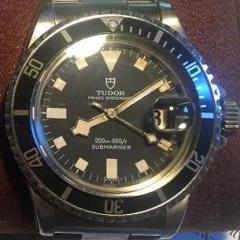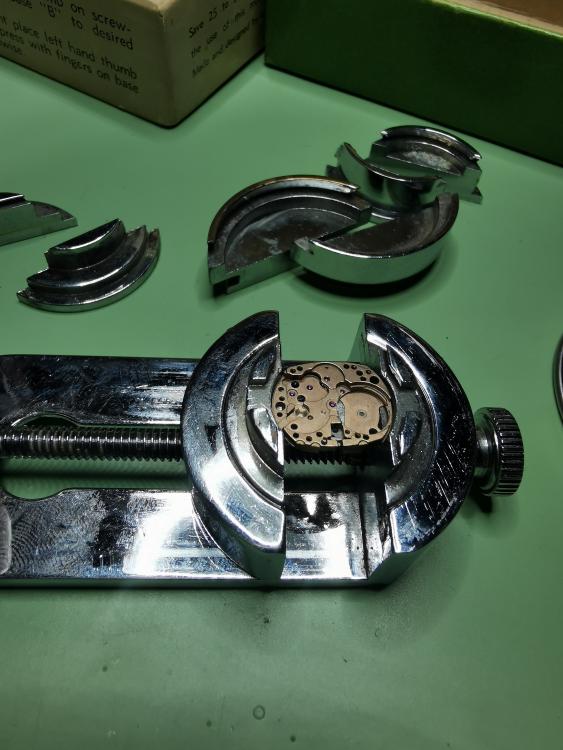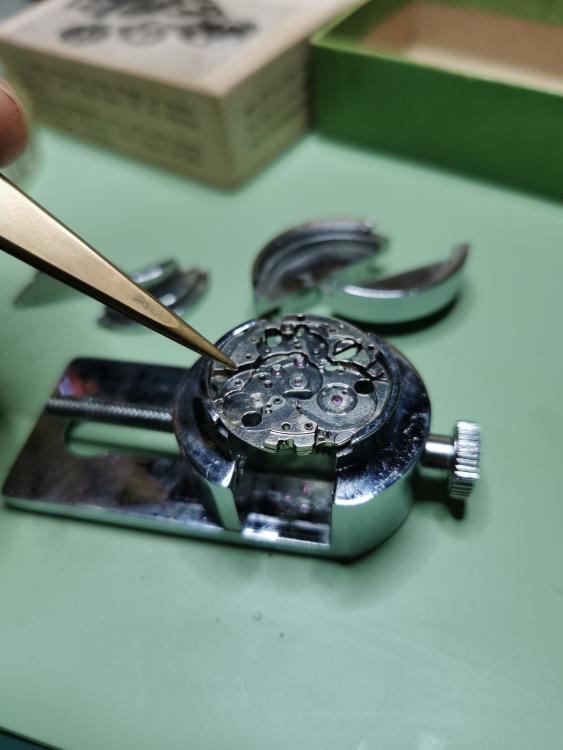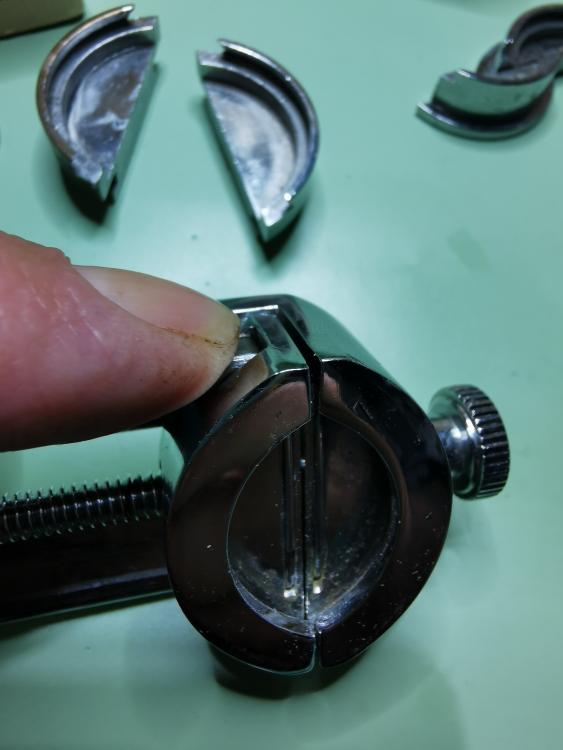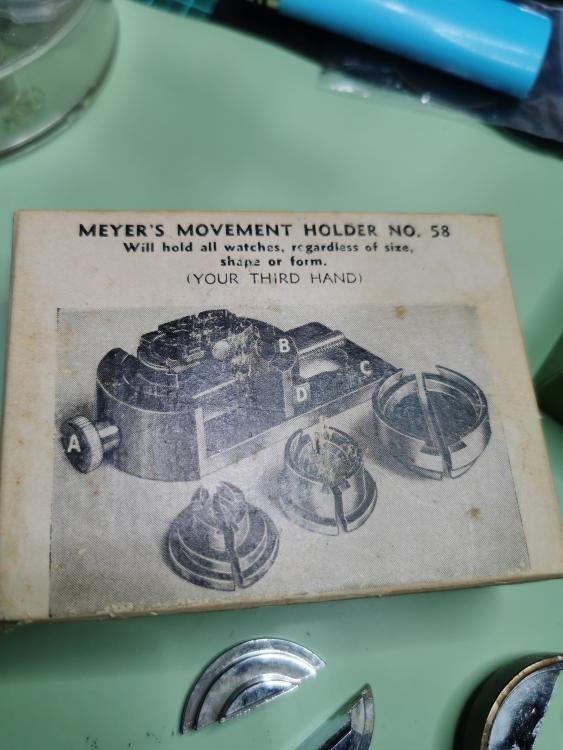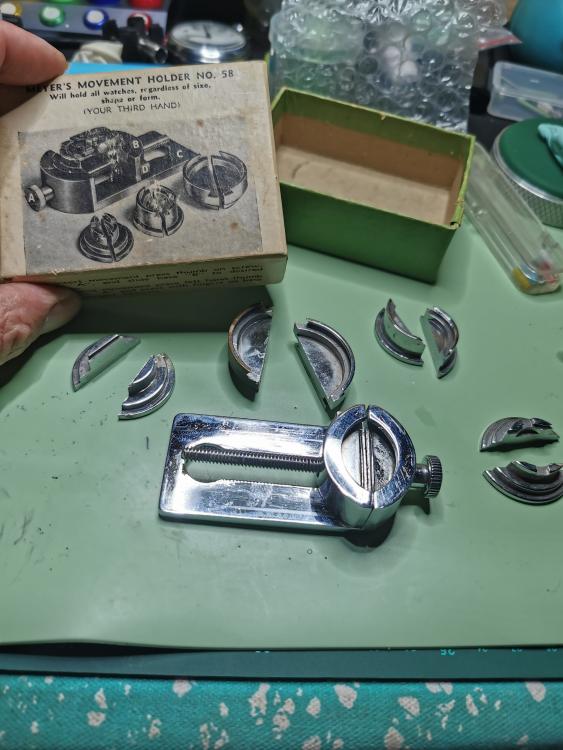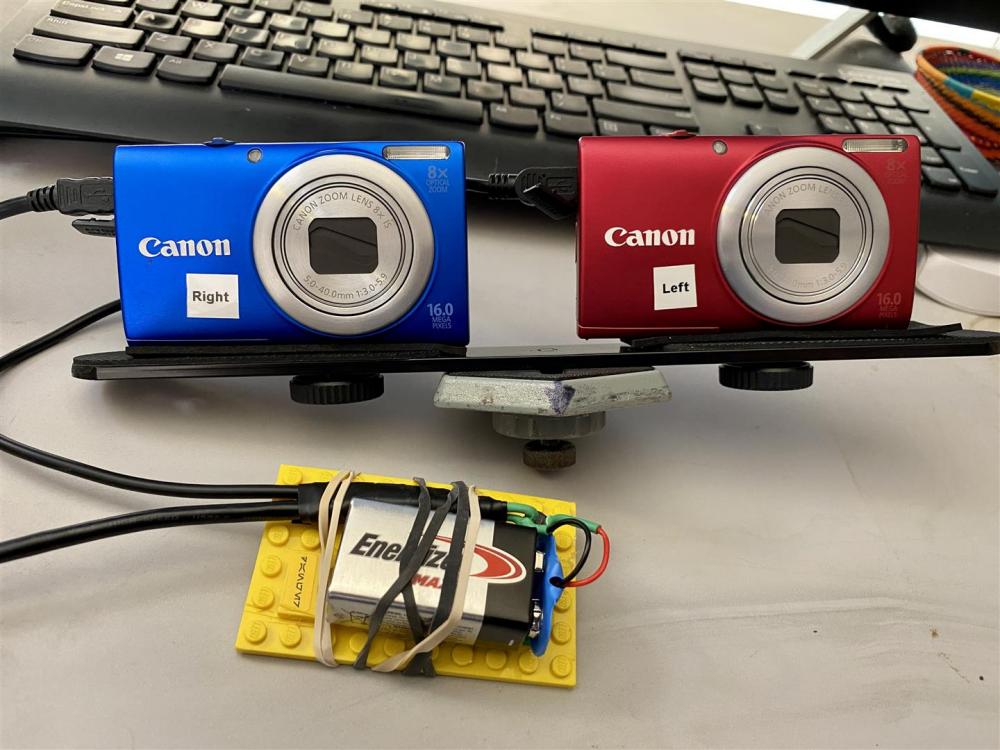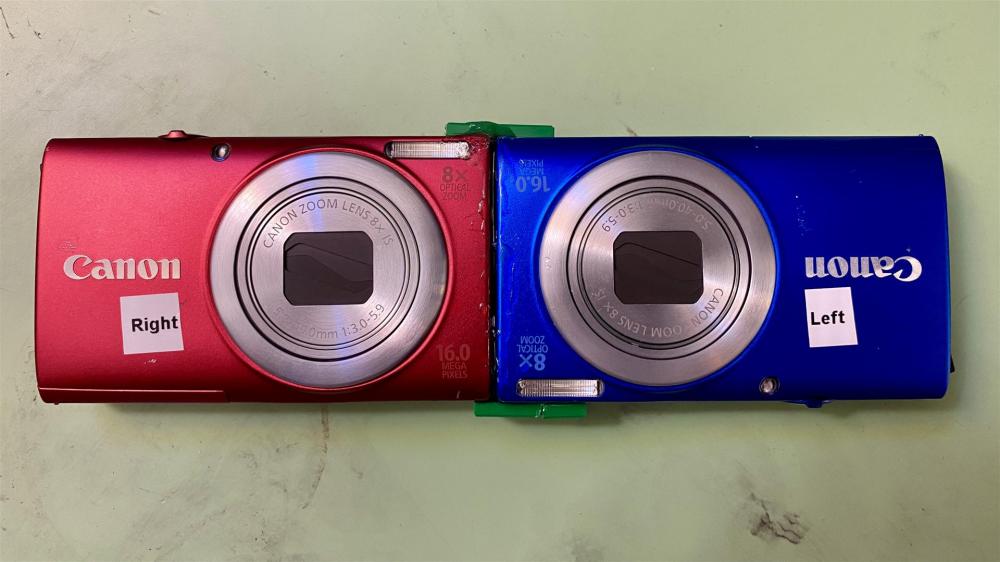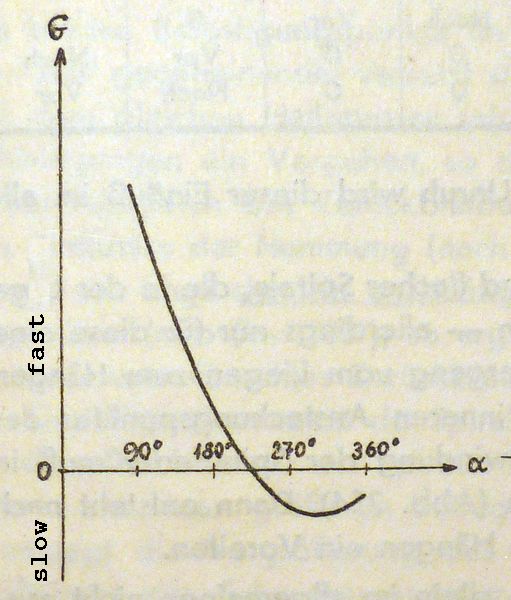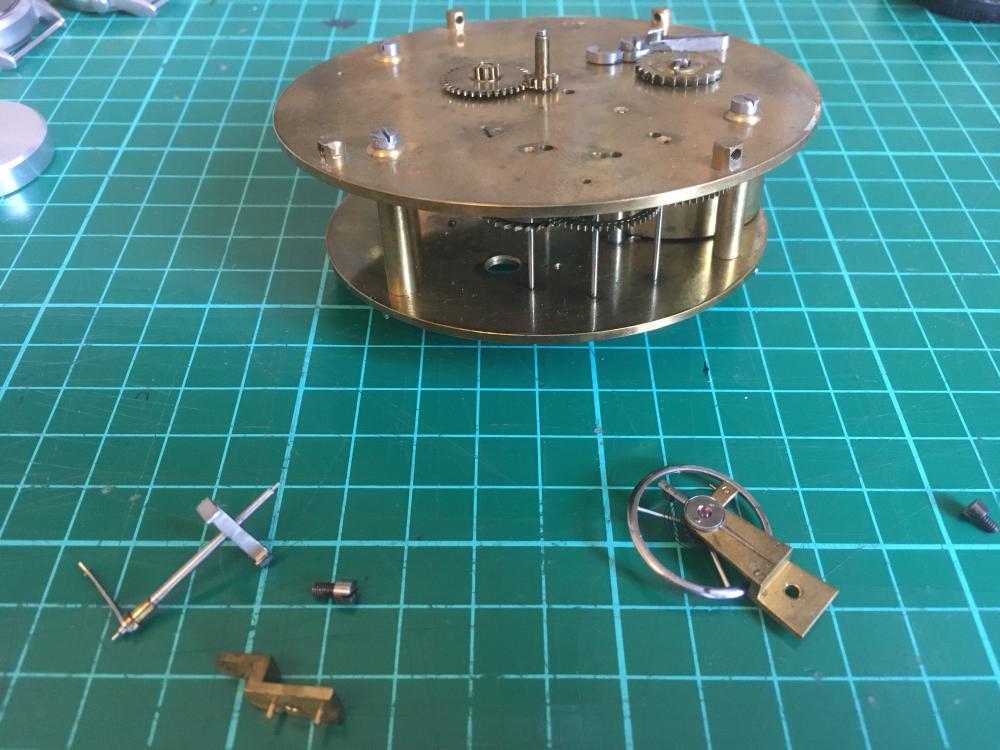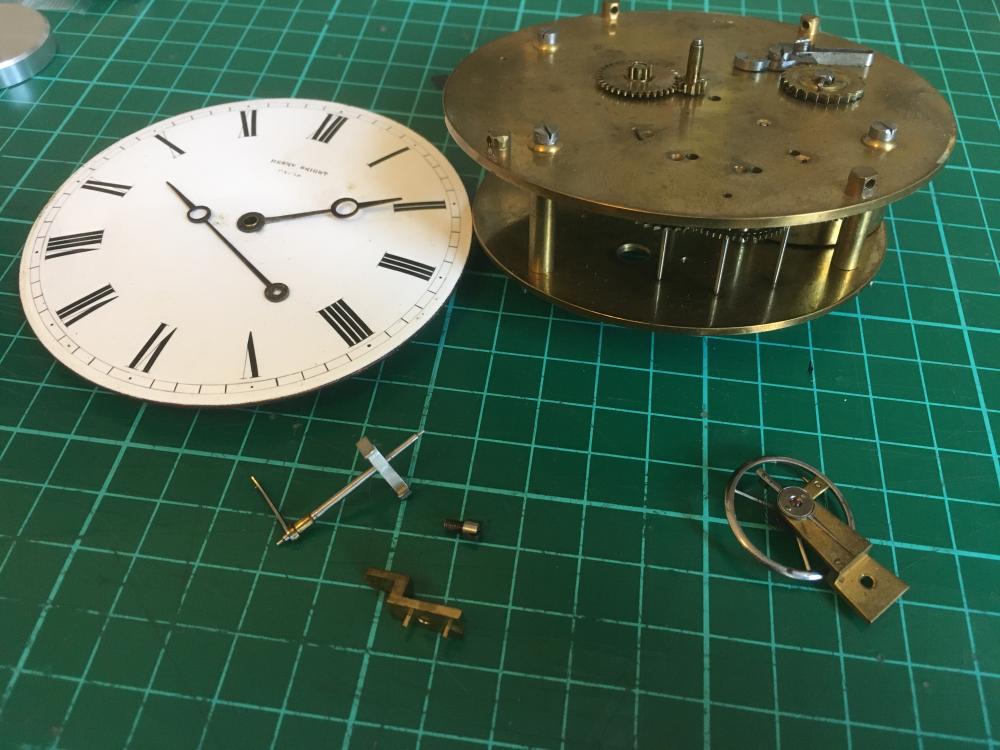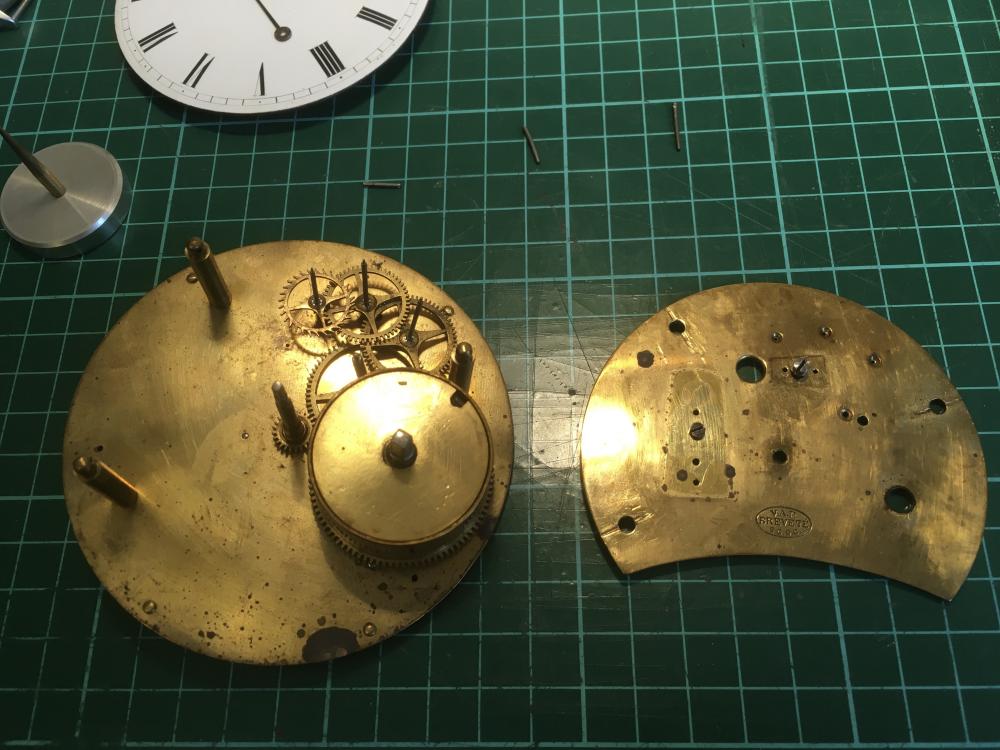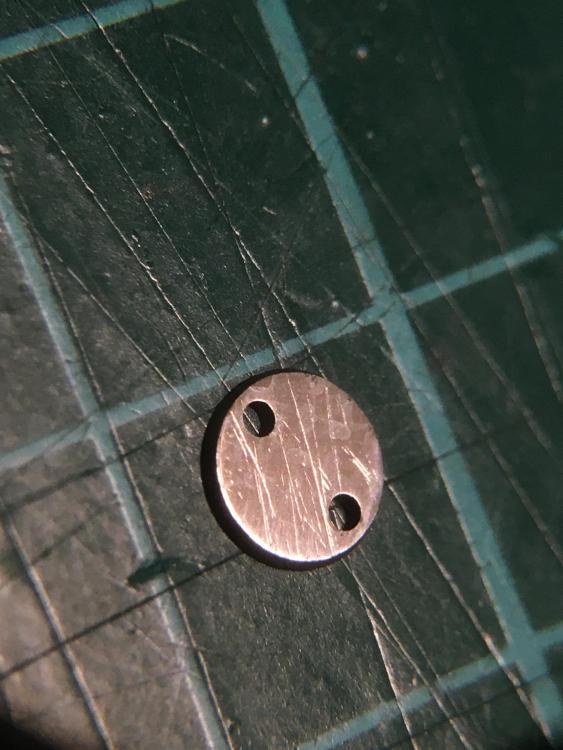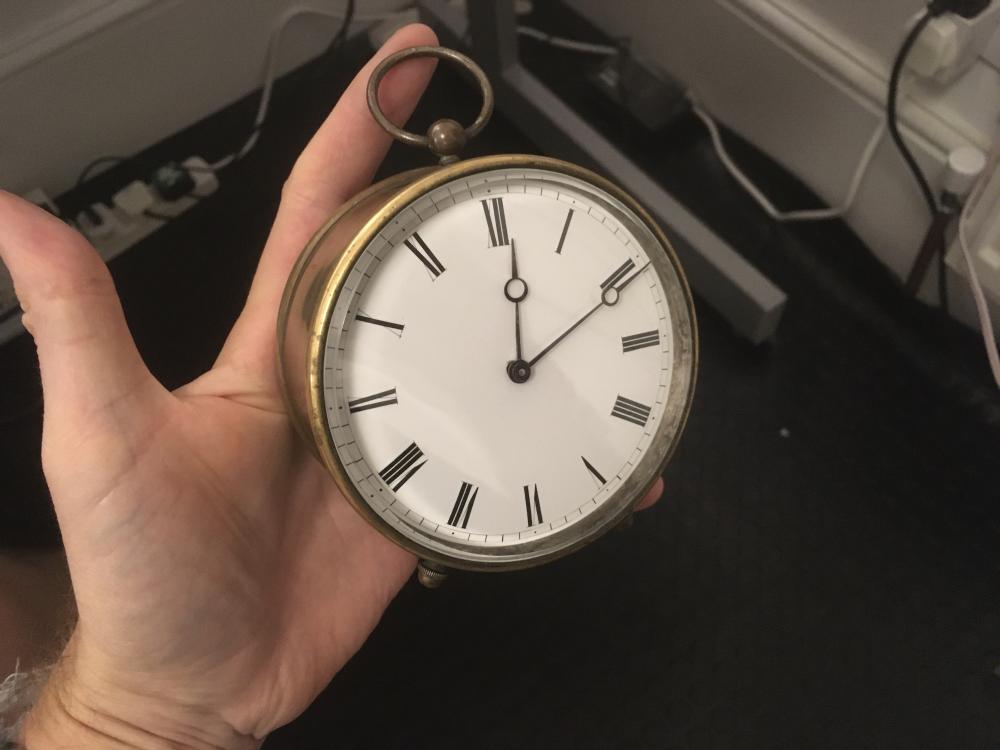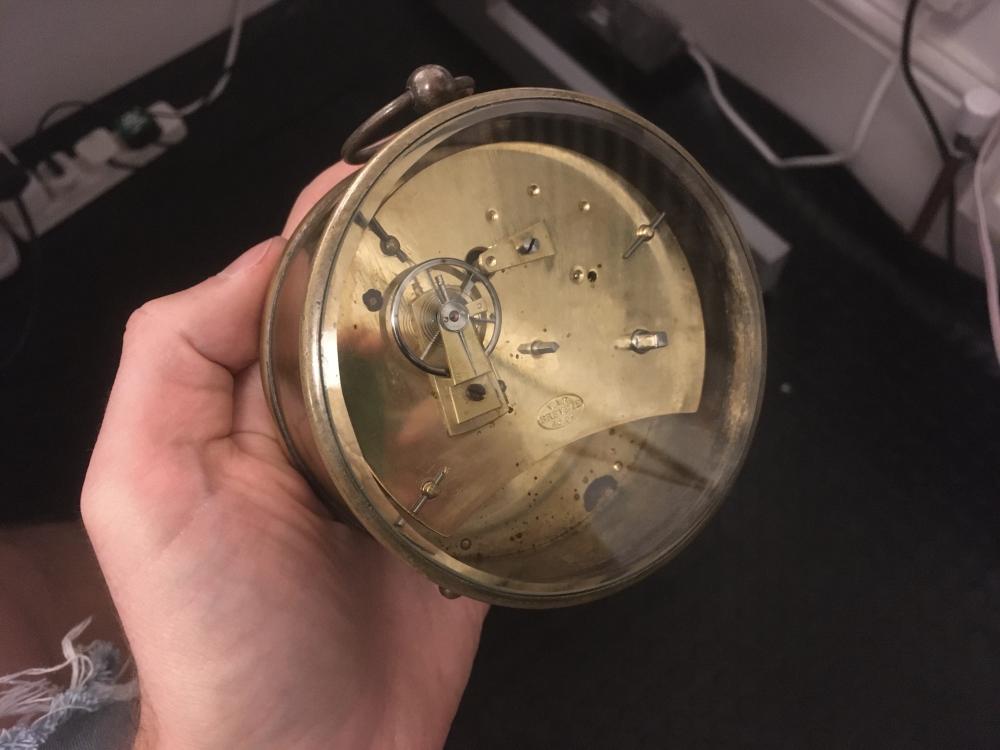Leaderboard
Popular Content
Showing content with the highest reputation on 11/13/20 in all areas
-
You need to dress your driver of proper width, to the proper thickness. They all tend to get thicker as they get wider, to handle the torque.2 points
-
Hi all, I have been using this Meyers movement holder no58 that I perchased here in Australia for a while now and I must say, they don't make things like they use to. It's easy to set up and it holds all movements regardless of sizes, shapes or form. I have a Seiko 6309 plate in there that I just jeweled the barrel arbor port in there and the other movement plate is an omega 485 ladies movement plate. It has 4 different clamps that slide in and a quick release button where my finger is. It does not rock or come loose. The movements have no sharp corners intruding into the plate because the clamps are rounded. I have about 10 different movement holders including bergeon and this beats all hands down. What do you think?1 point
-
Hey everyone, here's a fun and affordable 3D photography side project. I really owe Andy Hull for giving me the inspiration and information I needed to pull this off! In addition to horology, I'm an avid photographer. I've been studying and practicing photography seriously for 20 years now, having bought my first real camera in 2000. If anyone is curious, the camera was a Canon Canonet QL17 GIII. Some of my work has been in galleries, and I'm a couple of classes away from completing a photography degree. When I became fascinated by photography, I wanted but couldn't afford a digital camera. I could afford a film camera, however, and I had free access to a nice darkroom between my law school classes at UC Davis. I learned how to process film and make silver-gelatin prints. Over the years, I've become a film snob. I embraced digital for macrophotography, but insisted on using real film when shooting people. Thanks to Andy, I've now embraced digital photography for 3D. For several years, I had been fascinated by 3D photography. I hadn't experimented with 3D photography much myself, because high quality 3D film cameras are expensive, require expensive slide film, and require a huge time investment to mount properly for viewing. I've shot a couple of rolls through Stereo Realist, ViewMaster, and Nishika cameras, but the cost and hassle were too much for me to fully embrace. Enter @AndyHull, who mentioned the "Canon Hack Development Kit" (CHDK) project to me. This is a super cool open source effort to significantly expand the capabilities of Canon point and shoot cameras. By using the CHDK, one can force old point and shoot cameras to shoot RAW files, show real-time over- and under-exposure, and execute scripts allowing for the cameras to take pictures on a programmed schedule or only after they detect movement, etc. I've barely scratched the surface of what CHDK can do -- It provides an incredible amount of power and flexibility. I purchased two new-old-stock Canon Powershot A4000IS cameras for $25/each from eBay. These cameras were released in 2012, but they work really well. Through the magic of CHDK, one can use a USB cable and a 5v power supply as a remote shutter release. In under 15 minutes, I used some LEGO bricks, a simple push button electrical switch, a couple of old USB-mini cables, and a battery to build a twin USB shutter release. CHDK does some additional magic to ensure that both cameras fire in a completely synchronized manner, within 1/1000s of each other. Here's my original rig. Please note that a 9V battery wasn't an ideal choice, and I've switched to a 5V battery. I mounted my two Powershot A4000IS cameras close to each other on a "stereo bar," but I got even better results by using epoxy to glue these two cameras together. Here's v2 of my rig. It produces better results, although I do need to rotate all of the left shots 180 degrees while processing. Combined with Adobe Lightroom and some really powerful free software called "Stereo Photo Maker" (SDM), it's trivially easy to produce 3D stereo pairs that look great. It's possible to see the 3D effect in these stereo pairs with one's naked eyes through the "crosseyed" or "parallel" viewing techniques. These methods give me a headache and are really hard to teach others to do, but the good news is that there are inexpensive and effective 3D viewers available. I'm using the "OWL" and "Lite OWL" designed by Brian May. My wife was really blown away by the 3D effect. My total cost was well under $100 and a couple of hours of time to build a super high quality 3D stereophotography rig: Canon A4000IS #1: $25 Canon A4000IS #2: $25 Battery, USB cables, and electronic switch: ~$10 OWL Viewer: $20 CHDK and Stereo Photo Maker: $0 Total: ~$80 I shot a model last Friday, and am really happy with how well my 3D rig performed! Thanks @AndyHull! First good stereo pair (Parallel Eye). I've since improved my processing technique to ensure that the colors match better. Here's a Parallel-Eye shot from my recent photoshoot. I'm really happy with these results! If anyone would like to see the full (uncensored) photoshoot, please send me a DM and I'll send the link.1 point
-
1 point
-
I’ve never owned a VAP clock as I assumed they were inferior to the typical Japy Freres, etc. However, this clock is great quality. Fantastic finish, especially on the escapement parts (mirror finish on the pallets). Anyway, I didn’t want to spend too much time on this one. It didn’t run at all, but the balance staff appeared intact. This has a balance wheel which oscillates a set of deadbeat pallets on a conventional escape wheel - ie. the escape wheel runs in the same plain as the rest of the going train. It seems to work well as a concept. The fourth photo shows the steel “endstone” for the lower balance pivot. This had been poorly cleaned and scratched previously and showed wear from the pivot, so I gave it a quick polish. I went with pretty much standard wristwatch lubricants with this, albeit heavy oil (HP1300) was used on all train pivots. Time will tell how well that works. The cleaning I did in two stages - L&R oil-based watch cleaner/rinse and then a final clean/rinse with Greiner water-based. The reason for the water-based clean was since the L&R was previously used for cleaning watches and left a slight residue. The plates had some corrosion marks but I chose to leave them untouched. A nice, simple clock, and probably a perfect starter for someone who is more used to wristwatches.1 point
-
Yes! Yes it is... ? Thanks for the advice and link to your service walkthrough. Very useful indeed and now my afternoon is going to be looking into Vostok calibre's.1 point
-
Wow I don't think I have ever seen such a huge dial washer as that. Back in the 70's & 80's Russians would come up with all sorts in making watch movements. The calendar works in some are a complete nightmare. No wonder I'm nearly bold now. ?1 point
-
1 point
-
I believe it is complete but have not yet received it. I also purchased the Marshall movement holder that is on this post as I am sick of the current crappy movement holders. Poor engineering. So BAM! I will now have the best:)1 point
-
This probably has been a major cause of my failure to poise. Thanks for taking the time to respond and explain things. Regards joe1 point
-
Hi! From your video, it appears as if the escape wheel tooth is not locking into the entry stone. The exit stone appears to lock appropriately. Several things to consider. Broken or chipped entry pallet stone. Loose entry pallet stone. Malpositioned entry pallet stone (not making contact with the escape wheel teeth in the locking phase). Entry lever/arm of the pallet fork is bent. Too much endshake in the escape wheel (on the video it appears as if the escape wheel has a significant upwards vertical shift when spinning). I do have some other questions... The movement seems significantly tarnished. Is this an original NH35, or a clone? Did this happen all of a sudden, or was the watch functioning properly beforehand? Did it happen before or after disassembly? In regards to your question about buying a new movement. I would recommend you do, especially considering that the NH35 is a relatively inexpensive movement. Best of luck! Guido1 point


